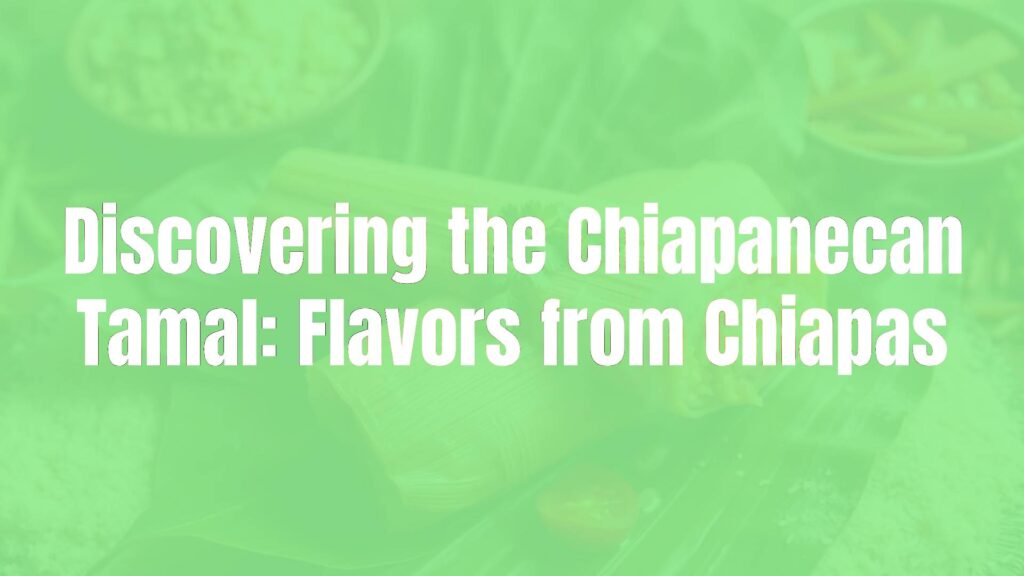Introducing the Chiapanecan Tamal
The Chiapanecan tamal is a culinary treasure originating from the lush and diverse state of Chiapas in southern Mexico. Distinguished by its unique blend of local ingredients, striking flavor profiles, and traditional preparation methods, this tamal holds a special place in Mexican gastronomy and the daily lives of Chiapanecos.
Origins and Historical Context
Chiapas, known for its indigenous heritage and tropical climate, has long been a melting pot of Mesoamerican cultures. Tamales in this region are not only a daily staple but a vital presence during festivals, family gatherings, and religious ceremonies. The Chiapanecan tamal, in particular, reflects both the pre-Hispanic roots and the culinary influences brought by Spanish colonization, combining maize with a variety of fillings wrapped in banana leaves—a hallmark of southern Mexican cooking.
Signature Ingredients and Preparation
What sets the Chiapanecan tamal apart is its use of fresh masa (corn dough) and local seasonings. The masa is often enriched with chicken or pork fat, resulting in a rich, tender texture. Common fillings include seasoned chicken, pork, or turkey, sometimes combined with tomato-based sauces infused with indigenous herbs such as chipilín (a local leafy green), hoja santa, or epazote. Raisins, olives, almonds, or chili peppers may be added to create contrasting bursts of flavor.
Unlike tamales from northern or central Mexico, which are typically wrapped in corn husks, the Chiapanecan tamal is wrapped in banana leaves. This imparts a subtle earthiness and keeps the masa moist during steaming. The finished tamal is often larger and flatter than its northern counterparts, with a soft, almost custard-like texture and deep aromatic notes from the banana leaf itself.
Regional Variations and Celebrated Types
The diversity within Chiapas produces several renowned variations of the tamal. The tamal de chipilín features the namesake herb for a slightly herbal, spinach-like taste, while the tamal de bola (“ball tamal”) is distinguished by its round shape and richer, denser dough filled with meats, fruits, and nuts. Sweet versions, such as tamal de cambray, include mixtures of sugar, cinnamon, and dried fruits, offering a dessert option for special occasions.
Serving Traditions and Pairings
In Chiapas, tamales are commonly enjoyed at breakfast or dinner, often accompanied by a cup of locally grown coffee or a traditional drink such as atole (a warm, lightly sweetened corn beverage) or champurrado. For a heartier meal, a Chiapanecan tamal may be served with frijoles negros (black beans), tangy salsas, or refreshing tascalate.
Ingredient Substitutions and Adaptations
While traditional banana leaves are irreplaceable for imparting their distinct aroma and flavor, cooks outside Chiapas sometimes use parchment paper or corn husks in their place. The use of chipilín leaves may be substituted with spinach or other mild greens when unavailable, though the flavor profile will be slightly different. Meatless versions, focusing on beans or vegetables, are also popular adaptations.
Why the Chiapanecan Tamal Stands Out
More than just a meal, the Chiapanecan tamal is a symbol of local identity, resourceful cooking, and communal celebration. Its tender, aromatic dough, vibrant fillings, and visually striking banana leaf wrapper make it a feast for the senses and a lasting expression of Chiapas’ rich culinary heritage.

